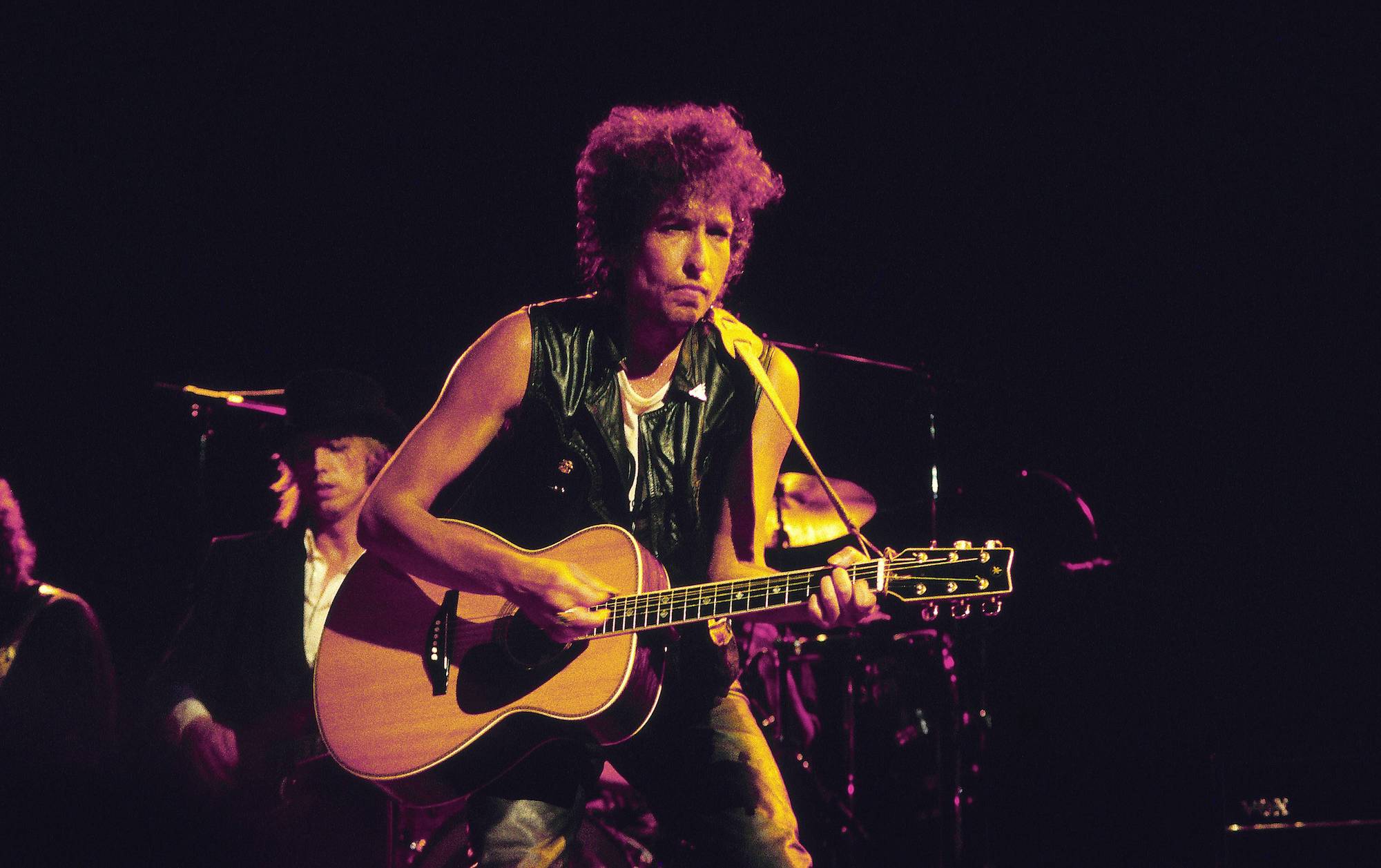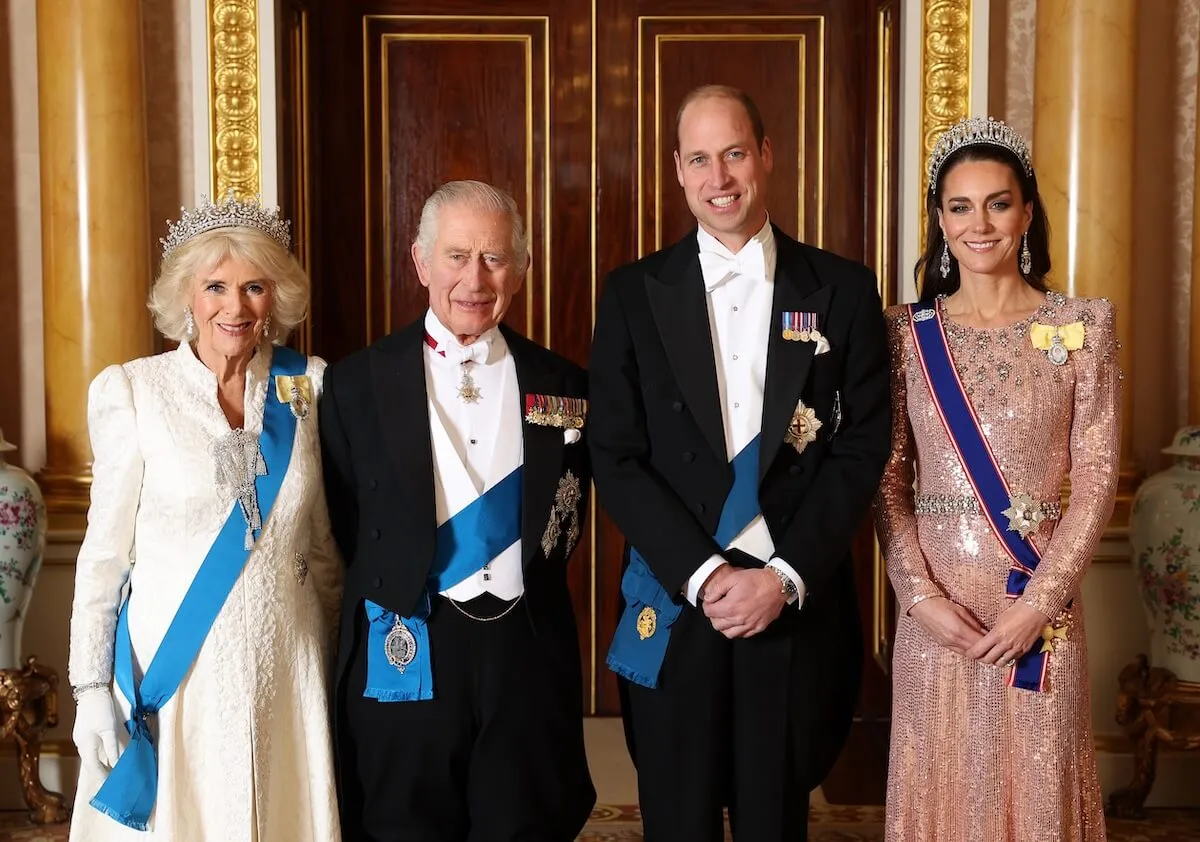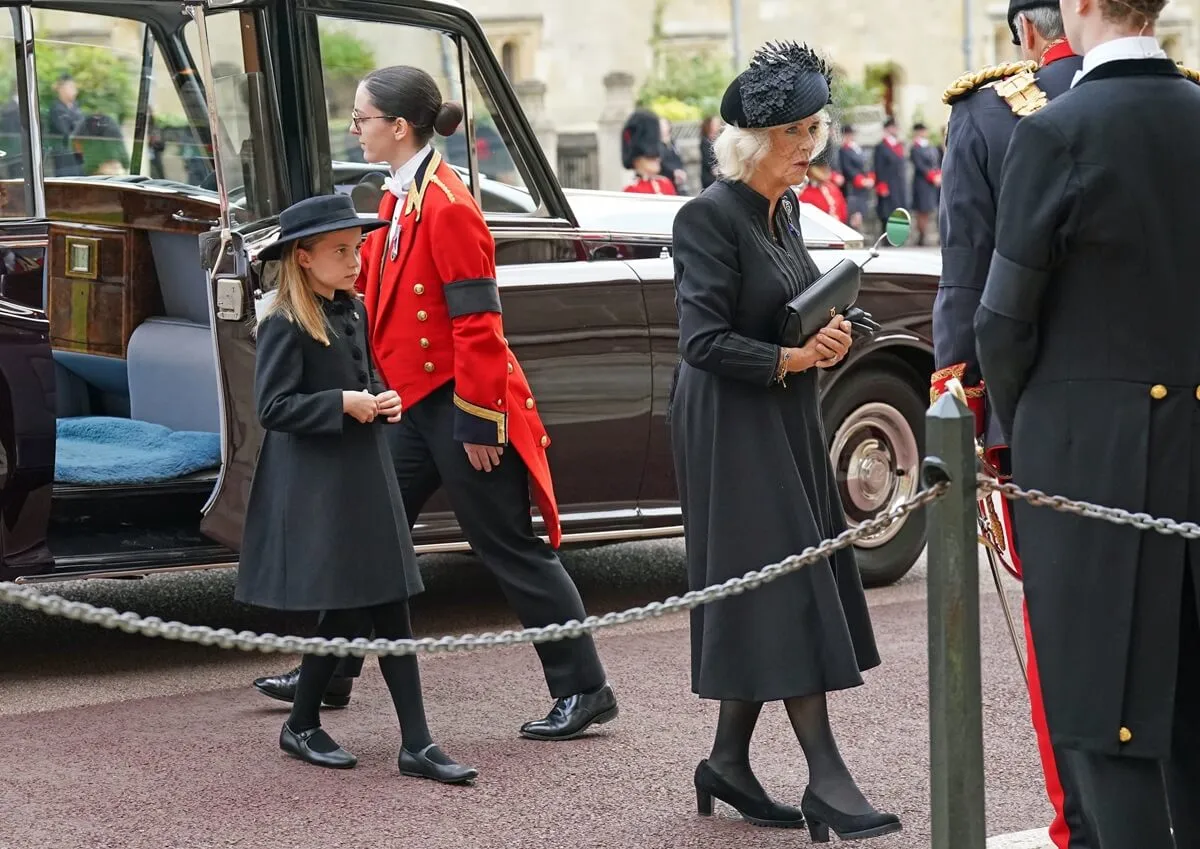Bob Dylan’s Secret Archive Worth Millions Includes Song Rewriters and Notes From Celebrities Like Johnny Cash and Barbra Streisand
Bob Dylan is the definition of music royalty. From his modest roots in small-town Minnesota, in the 1960s, the world embraced his folk and protest music, and he became what can only be described as the voice of a generation. Worldwide, there are few people who haven’t been touched in some way by Dylan’s music and its influence. So great is his iconic status, that collecting memorabilia and studying Dylan has even become more history and less fandom. Experts pour over his work and primary sources to analyze meanings and the history behind his poetry and songs.
Those experts have long heard whispers of a secret cache of Dylan’s writing- a little notebook, filled with pages where he constructed his great 1975 album Blood on the Tracks to the point it almost seemed too mythical to exist. Fans and experts were shocked to learn, however, that in addition to the legendary notebook, more than 6000 pieces of Dylan history had been acquired for nearly $20 million dollars by The University of Tulsa and The Kaiser Foundation.

A very prolific writer
Among the around 6000 items acquired by The Kaiser Foundation and archived for study at The University of Oklahoma are many of Dylan’s notebooks. Not only the rumored Blood on the Tracks notebook but three of them. These detail the evolution of his songwriting not only from Blood on the Tracks but rewrites and early versions for many other songs. Each page filled with tiny writing, littered with strikethroughs and notations displays dated records of the evolution of each song. Personal notes and previously unseen music also are inside the newly found treasure trove. In addition, it also contains early drafts and alternate writings for Tarantula, his book of prose poetry. There are multiple rough drafts of his 2004 memoir, Chronicles Volume One.
A film project that was rejected by ABC, Eat the Document is detailed thoroughly in editing notes and a never before seen mission statement. The New York Times, who’s been allowed to preview the archive, quoted the mission statement as “Music & the abstraction of the condition of the music to illustrate the Prolonged Mind destroyed & re-created thru the process of previous experience.” Quite a counter-cultural beatnik statement even by Dylan’s standards, and just makes fans and experts more curious about what could’ve been had the project been green-lit.
Memorabilia from familiar names
The archive doesn’t only contain Dylan’s writings, but also a treasure trove of personal possessions and correspondence. Hundreds of never before heard tapes of Dylan and Johnny Cash’s collaborative sessions are included. These tapes document a rare informal recording session with two music legends and greatly expand their body of work. Some items contain slightly more personal touches, like a 1978 handwritten postcard from Barbara Streisand thanking him for some flowers he sent and suggesting that the two team up on an album. The New York Times notes that there is very little personal from Dylan, despite personal mementos from friends, remarking that “amid these mountains of paper, Mr. Dylan, the man, remains an enigma.”
What does Dylan think about this archive on him?
The items were auctioned by Dylan with The Kaiser Foundation acquiring them for nearly $20 million. Though the collection has been appraised at over $60 million, Dylan doesn’t seem upset by the outcome of the auction. In a statement on the archive, he stated that he was happy his work had ended up in Oklahoma and “are to be included with the works of Woody Guthrie and especially alongside all the valuable artifacts from the Native American nations. To me, it makes a lot of sense, and it’s a great honor.”
Dylan has been so influential on our culture in so many ways, it is amazing that this slice of history has found its way to display. Experts will be studying this material for years, and fans will be enjoying the new material and insights into Dylan’s life for generations. Though Dylan may have been the voice of the 1960s, that voice still rings loud and clear now, especially through this archive.


